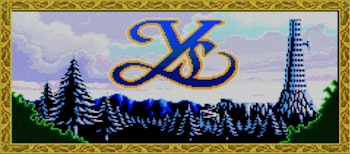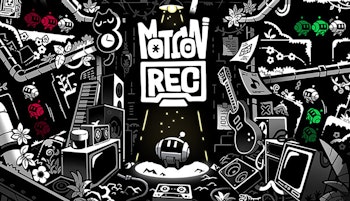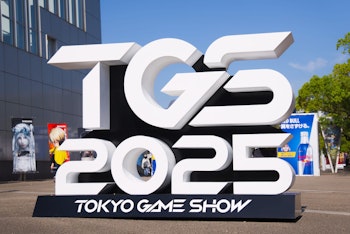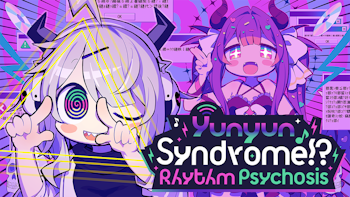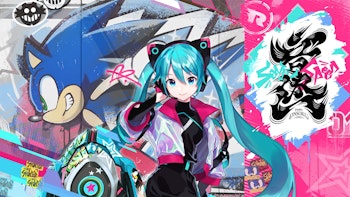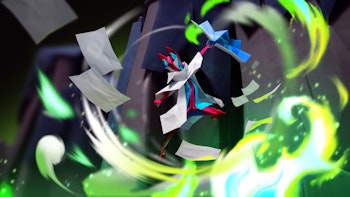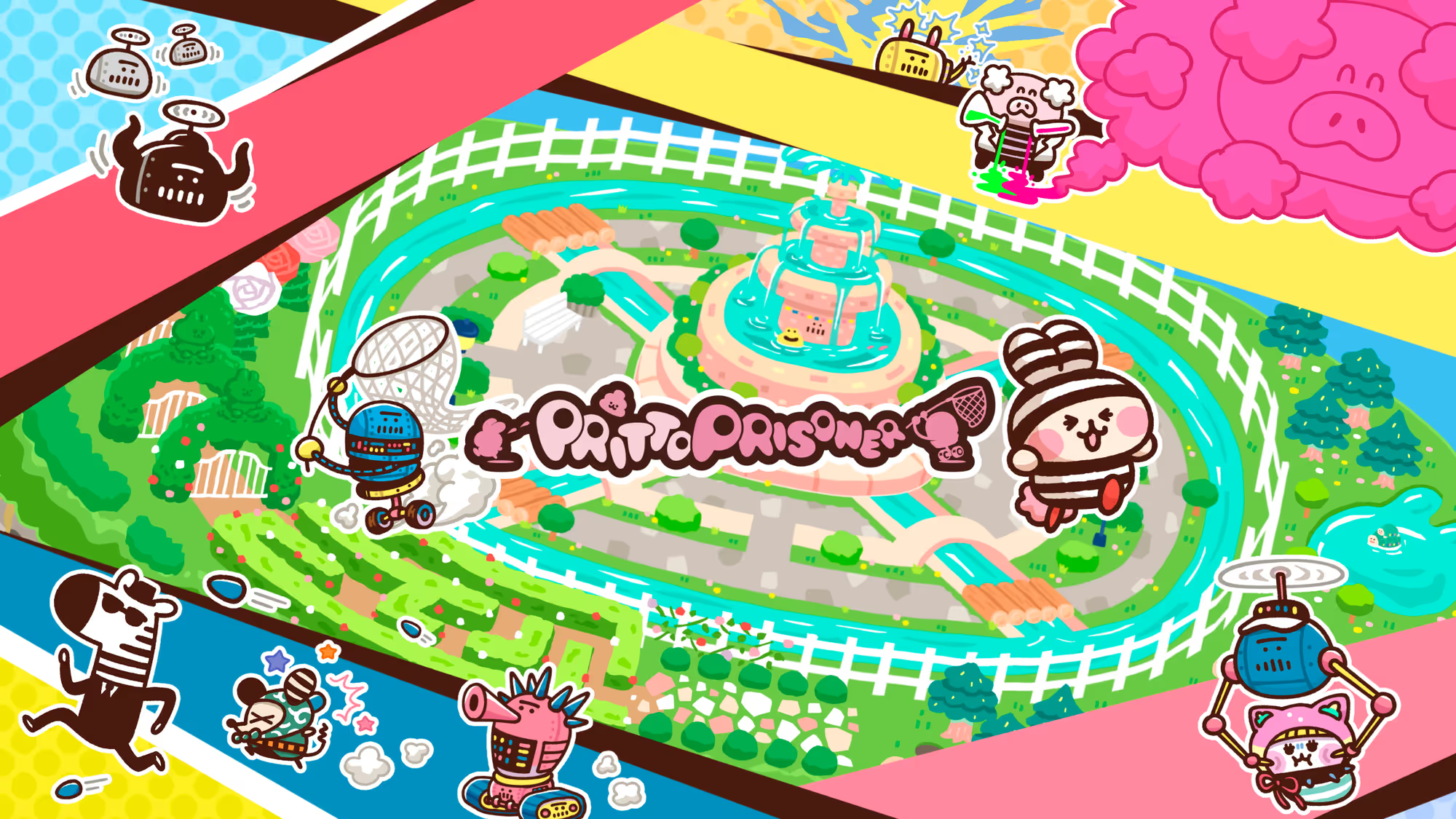
If you tuned into the most recent Japanese Nintendo Direct, you may have spotted a curious trailer included in the mix: Pritto Prisoner. A debut project for PinCool, the concept was a bizarre one, two-versus-four multiplayer between robots and various colorful creatures attempting to escape their grasp, using their poopoo and peepee as a special weapon against their capture. Yes, you read that right. For the eagle-eyed viewer, there was another reason beyond the potential of playing an excrement-driven party game to keep an eye on this game, and that came down to its art style, defined by its alluring characters designed by none other than kanahei.
Even if the name is unfamiliar, if you’ve spent any time in Japan then you’ve almost certainly come across their work at some point. Their most famous characters are Pisuke and Usagi, a small white chick and pink rabbit, the latter’s larger-than-life attitude and great appetite a strong contrast to the emotionless former (unless you get them angry). They’re simple, cute, so naturally they’re popular. While perhaps most noticeably at their peak in years prior, there was once a time it was impossible to walk into an arcade without seeing their plushie in the crane game, or to find the characters collaborating with a major brand. They found their way onto stationary, cushions, clothing, and just about everything else.
While these were her most famous creations, kanahei’s crude, simplistic, yet alluring designs have held a space in Japanese society for over 2 decades. She was distributing images to phones while she was still in school in the early 2000s and made a professional debut before graduation. She’s had manga serialization in Ribon magazine. Now her characters are a part of road safety campaigns and stand side-by-side with the mascots of LINE, her stickers amongst the most-downloaded in the platform’s history.
My first introduction to these latest creations from kanahei comes from long before the game’s August reveal. Indeed, it was in a small hotel room all the way back in September 2024 where I first had the opportunity to play Pritto Prisoner and get used to its unusual competitive multiplayer gameplay loop, and see these creatures for myself. There’s a fun back-and-forth in using each character’s signature skills of speed or their abilities to outsmart opponents, and I remember shouting with joy or frustration as each match swung in favor of robots and animals across my session.
Development for the game came as part of the originating plan for Pritto Prisoner’s lead team, PinCool. The studio was founded by Ryutaro Ichimura, who had been at Enix and later Square Enix as a producer since 2000 working primarily on the Dragon Quest series. The new studio serves as a primarily-planning studio working with external partners on new titles, and as we discussed the origins of the studio they noted how the studio is already working on multiple titles including those that would align with AAA development ambitions. The hope to raise the studio’s profile and excite the team on such a long process would be to also work on a smaller title, which is how Pritto Prisoner came into existence.
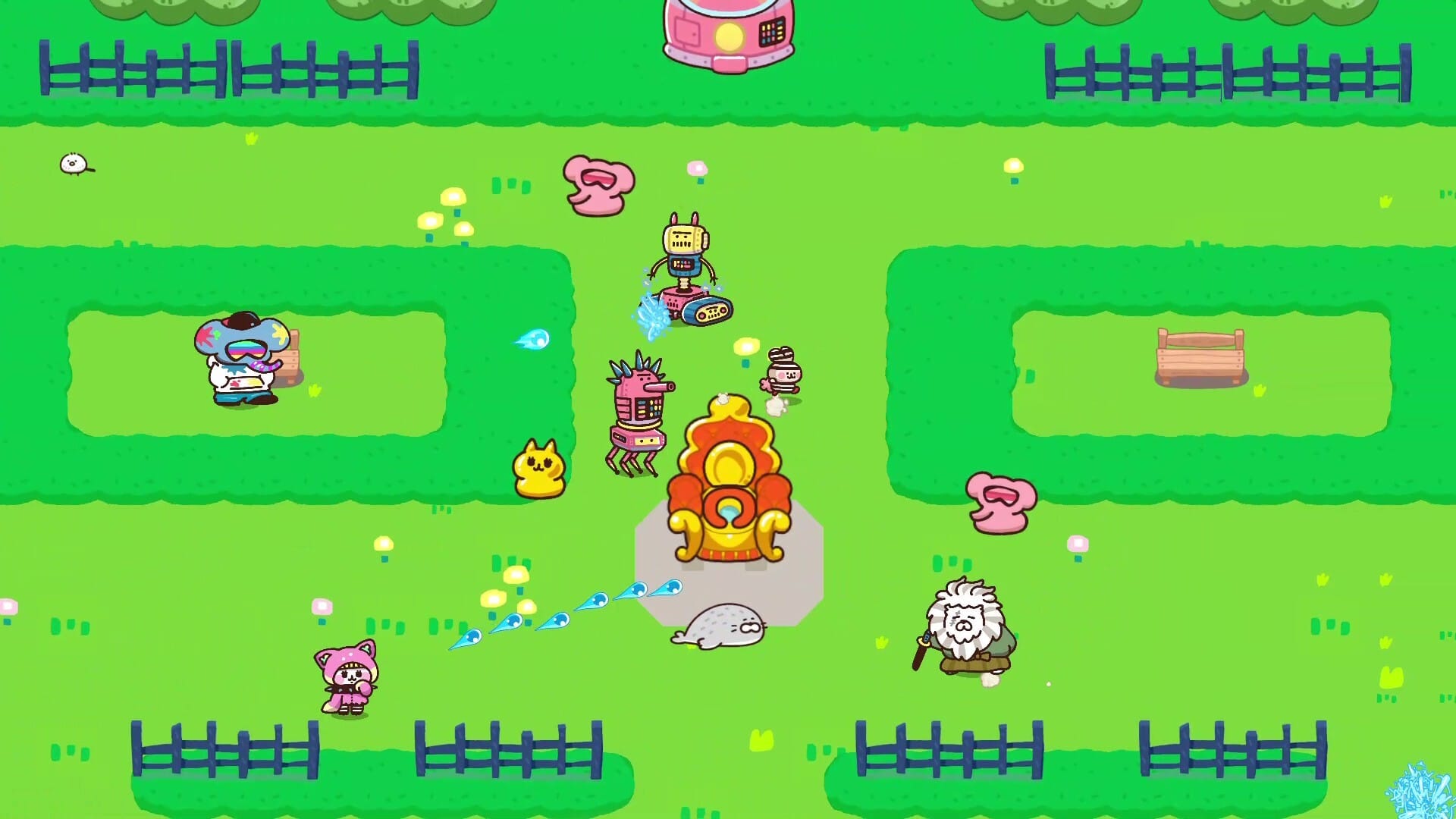
“A small game, maybe a party game, could be good for the studio,” Ichimura explained. “That was the background for working on the title, but we felt it could be enhanced by some unique hook. I’ve worked with kanahei before on various projects [during my time at Square Enix], and we got on quite well with each other. As we begun to work on the game we immediately thought of her, because of the cute characters she is known for but also because we need the poopoo and peepee to feel cute, she was ideal for the role.”
To craft the characters for the game, the team gave kanahei the general concept and allowed her free reign to experiment with dressing the characters that would best suit it. “It would often only take a few hours for them to come up with at least an initial concept for a character in the game,” he continued, pointing out how she would design characters and in the process even come up with new abilities and ideas that could become a new power or facet for these robots and animals to use in the game. The robots have inter-changable parts that need to be cohesive, but this meant they could create a wide range of ideas for how these could look cohesive and still put up a fight.
“Designing the characters themselves, we first came up with the types of animals we wanted to have and which we didn’t, then passed that across to kanahei. She would then come back shortly after with the results, and then from there we’d iterate and we tried to implement them into the game based on the results. As we would work out features like what kind of weapons and abilities we wanted each to use, their attacking scale, as we more deeply fleshed out these characters, we would add more detailing to the character’s overall look from there. We wanted the designs to match their abilities, so they looked like they were good at escaping or catching or attacking from a glance.”
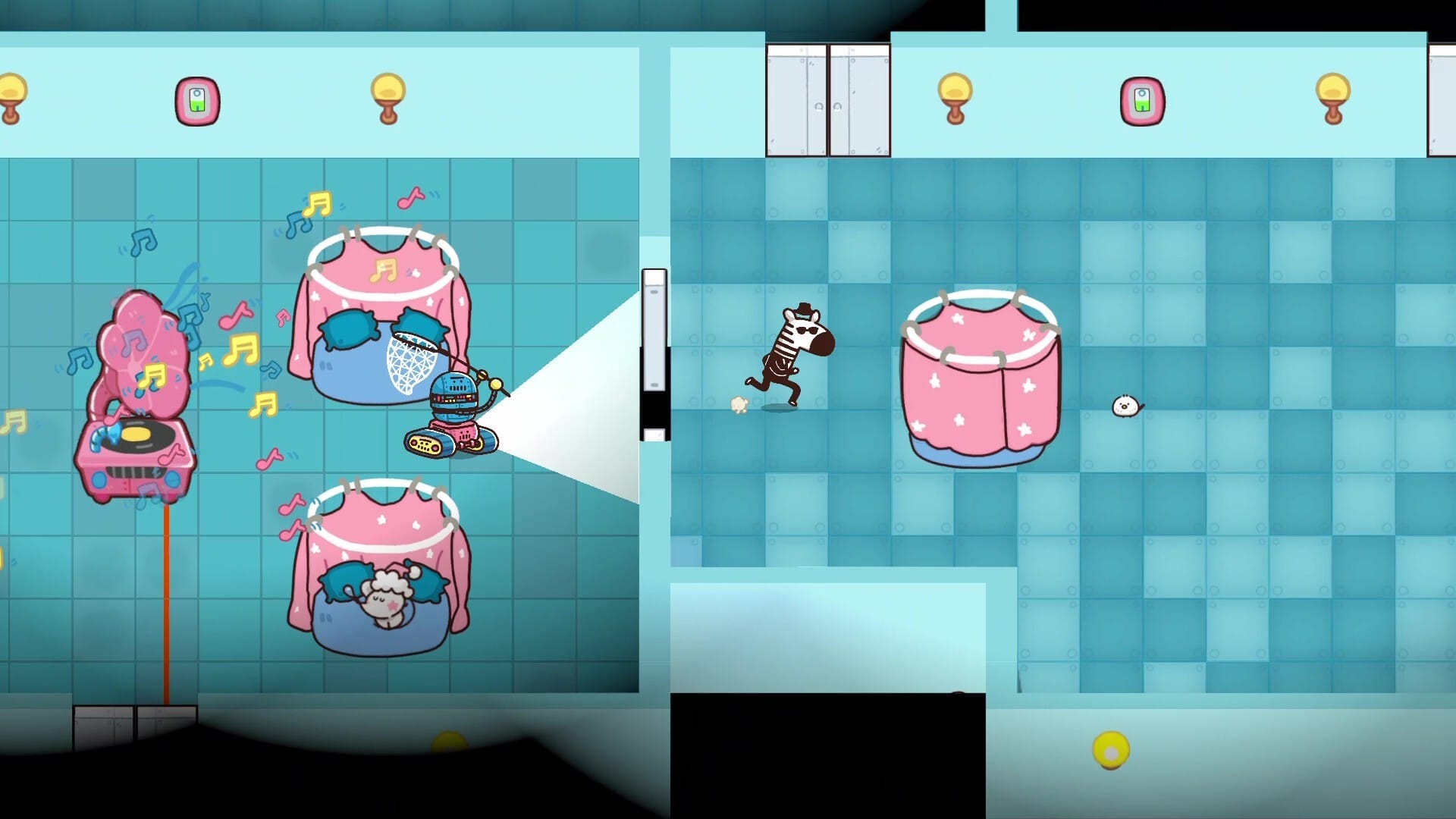
As for the game itself, the development was inspired heavily by social games popular with YouTubers in Japan, according to Ichimura. “Some of the games which inspired me to launch this kind of thing are titles like Among Us and Dead by Daylight. With that second game in particular, there's only one ‘killer’ [who must seek out all the other players], but here we thought it was important to have two robots working as the catchers of the animals. With only one catcher, there’s an added pressure on the player which we wanted to relieve.”
The demo we had the chance to play only had one stage for the robots and animals to face off against one another, featuring things like manholes, toilets (for pooping to build up the escape meter), and various other obstacles. Some of these are placed into the map at random with the plan allow even playing the same map to remain fresh, though the final game will also promise a wealth of other stages for activities to take place. These will share their own unique gimmicks and rulesets and require their own strategizing in order to seize victory, even if the core gameplay remains the same.
The goal, ultimately, is to create something fresh. It was the thing that drove Ichimaru to leave Square Enix in the first place and found his own company, a desire for something fresh after constantly working on larger titles. “I wanted to return to the early parts of my career working in a smaller team, because you end up having more communication with the people. You can give and take ideas from one another, and there’s a lot of fun to be had there. It’s one of the good things about this new team, we have the flexibility to work on not just a smaller title like this but also a larger project, it allows me to return to the fun I had before working with smaller groups to exchange ideas.

“To create well, creators must find the fun in making games. Nowadays there tend to be these massive teams working on games for over five years and it’s not really fun and can be more of a burden. We have to go back to a way to keep having fun, as that’s why we’re here.”
That’s the energy that resonates through the entire Pritto Prisoner project as it inches towards release. The appeal of kanahei’s art is the delicate balance between cute and relatability, with the ability to connect with the stresses of daily life in their somewhat-confused attitude while being cute pink rabbits and other animals. It’s a vessel from the daily drive without being an entire eradication of responsibility that people who are no longer kids can still embrace and enjoy.
The characters in the game may not be the exact same as those, but they retain that similar delicate balance and appeal that has made the characters so appealing. It’s what elevates this game from just another party title to a cute and engaging collaborate work between a new studio and the established artist that can gain universal appeal if allowed to find an audience. It took a long time from our initial experience with the game to finally make its way to the public domain as it builds towards a release later this year, but that doesn’t mean it hasn’t been worth the wait. I was glad to see Pritto Prisoner resurface when it did in the recent Nintendo Direct, and I’m hopeful it can find its audience.
